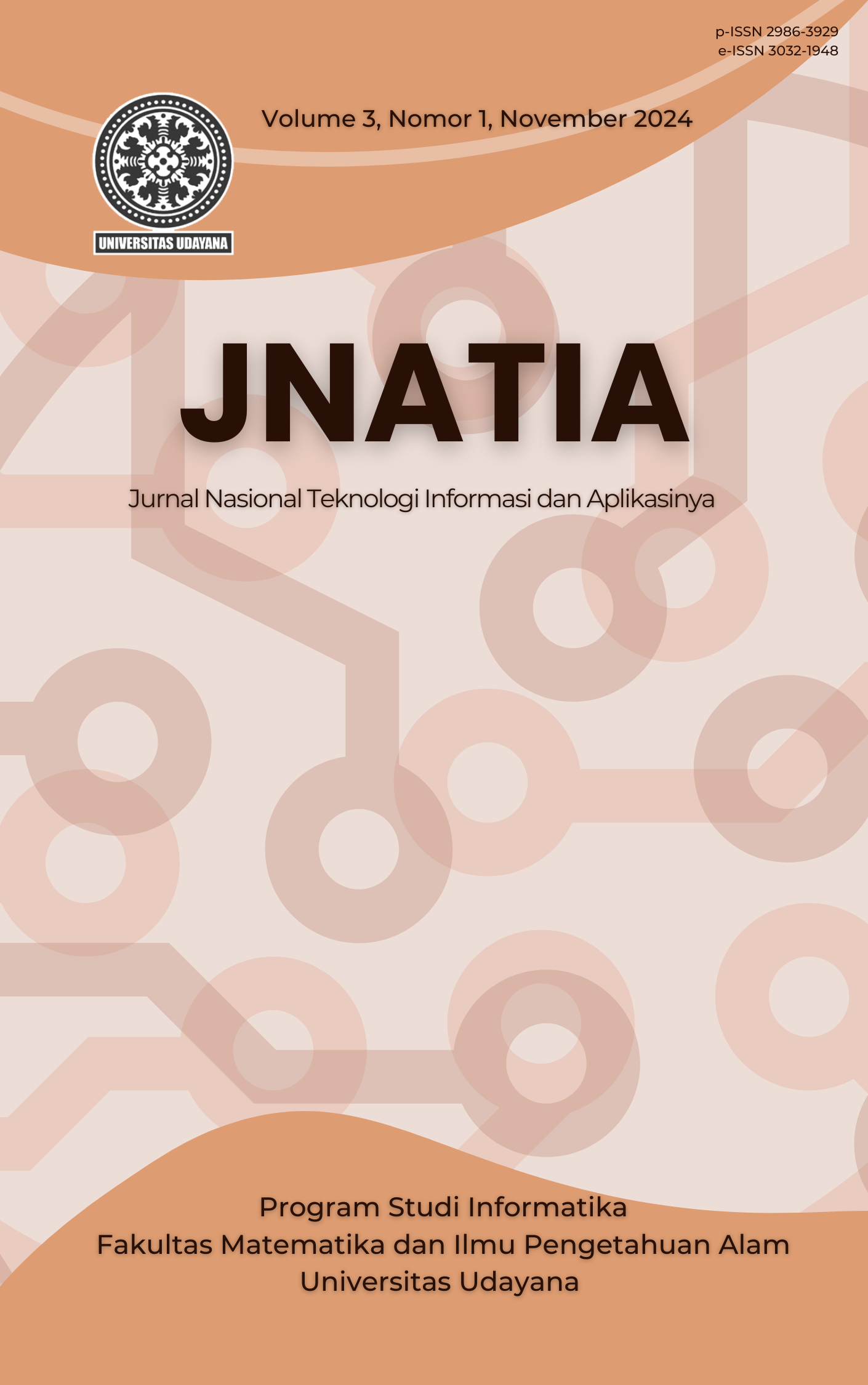Analisis Penggunaan Logika Fuzzy Mamdani dan Sugeno untuk Memprediksi Shade Foundation
Abstract
The magnificence industry has developed quickly in later decades, expanding request for items that meet a assortment of shopper needs. One imperative angle in choosing magnificence items is finding a establishment color that suits your skin color. This investigate points to analyze the utilize of fluffy rationale, particularly the Mamdani and Sugeno strategy, in foreseeing the correct establishment shade based on varieties in skin color and suggestion .Definition of membership functions, definition of fuzzy rules, fuzzy interference and defuzzification are used as research methods. The data used was obtained from a random experiment by entering skin tone and undertone values ??into the program. Research results show that the shade of the foundation is greatly influenced by the color and undertone of the skin. Although there is a significant difference between the Mamdan and Sugeno method values, the final predicted base colors are not significantly different.This research strengthens the position of fuzzy logic as an effective method in improving the quality of products and services in the beauty industry, as well as solving the complex problem of determining the appropriate foundation shade for various skin types. It is hoped that the results of this research will make it easier for consumers and beauty professionals to choose the right foundation shade according to individual needs and preferences.




